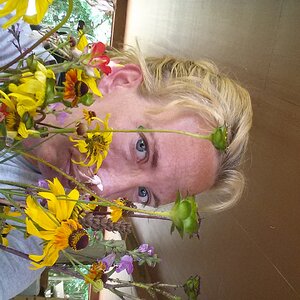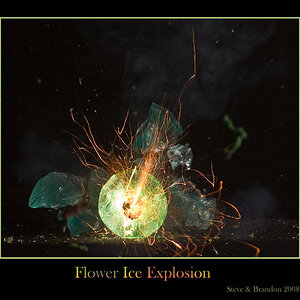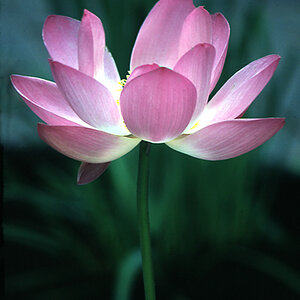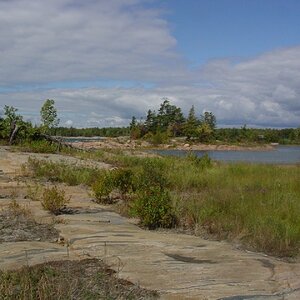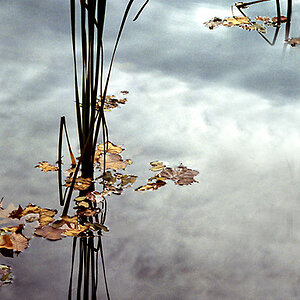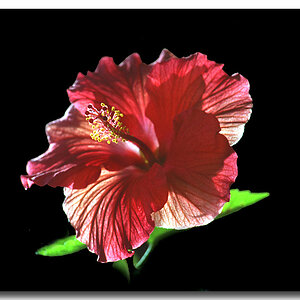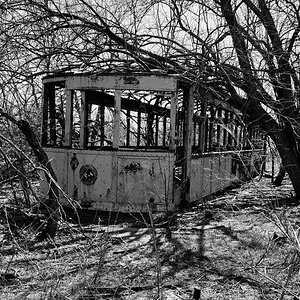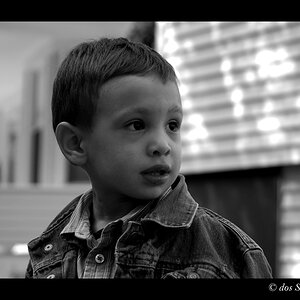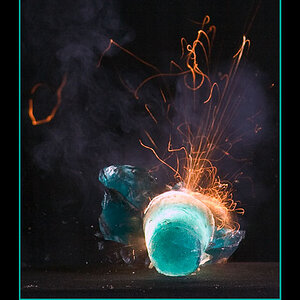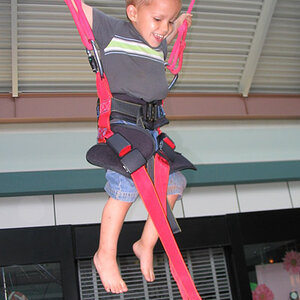chuasam
Been spending a lot of time on here!
- Joined
- Feb 9, 2012
- Messages
- 3,588
- Reaction score
- 928
- Can others edit my Photos
- Photos NOT OK to edit
I've always wondered why are novice photographers afraid of "noise/grain," motion blur, and pictures that don't have lots of DOF?
I manage volunteer photographers at a dance society and I find that a lot of them are afraid of just bumping the ISO way high and wide open and let the shutter drag a little to get motion blur.
They want everything sharp, without noise, and DOF for all the people. It leads to clear images that don't really capture the feel of the moment.
I manage volunteer photographers at a dance society and I find that a lot of them are afraid of just bumping the ISO way high and wide open and let the shutter drag a little to get motion blur.
They want everything sharp, without noise, and DOF for all the people. It leads to clear images that don't really capture the feel of the moment.
Last edited:


